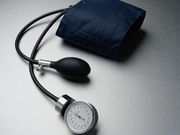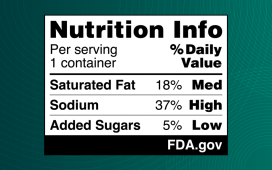Increase in proportion of adults recommended for treatment; estimated decrease in CVD events, deaths
FRIDAY, May 25, 2018 (HealthDay News) — The 2017 American College of Cardiology/American Heart Association hypertension guideline is associated with an increase in the proportion of adults recommended for antihypertensive treatment compared with the 2014 guideline, according to a study published online May 23 in JAMA Cardiology.
Joshua D. Bundy, Ph.D., M.P.H., from the Tulane University School of Public Health and Tropical Medicine in New Orleans, and colleagues estimated the proportions of U.S. adults with hypertension or recommended for antihypertensive treatment according to the 2017 and 2014 hypertension guidelines using data from the National Health and Nutrition Examination Survey 2013 to 2016.
The researchers found that prevalence of hypertension (blood pressure [BP] level ≥130/80 mm Hg) was 45.4 percent according to the 2017 hypertension guideline, which was significantly higher than the 32.0 percent estimate per the 2014 hypertension guideline (BP level ≥140/90 mm Hg). The proportion of individuals recommended for treatment was significantly higher according to the 2017 versus 2014 guidelines: 35.9 versus 31.1 percent. Achieving the 2017 hypertension guideline systolic BP treatment goals was estimated to reduce 610,000 and 334,000 cardiovascular disease (CVD) events and total deaths, respectively, in adults age 40 years and older; the corresponding estimates for the 2014 treatment goals were 270,000 and 177,000.
“Compared with the 2014 hypertension guideline, the 2017 hypertension guideline was associated with an increase in the proportion of adults recommended for antihypertensive treatment and a further reduction in major CVD events and all-cause mortality,” the authors write.
Editorial 1 (subscription or payment may be required)
Editorial 2 (subscription or payment may be required)
Copyright © 2018 HealthDay. All rights reserved.








